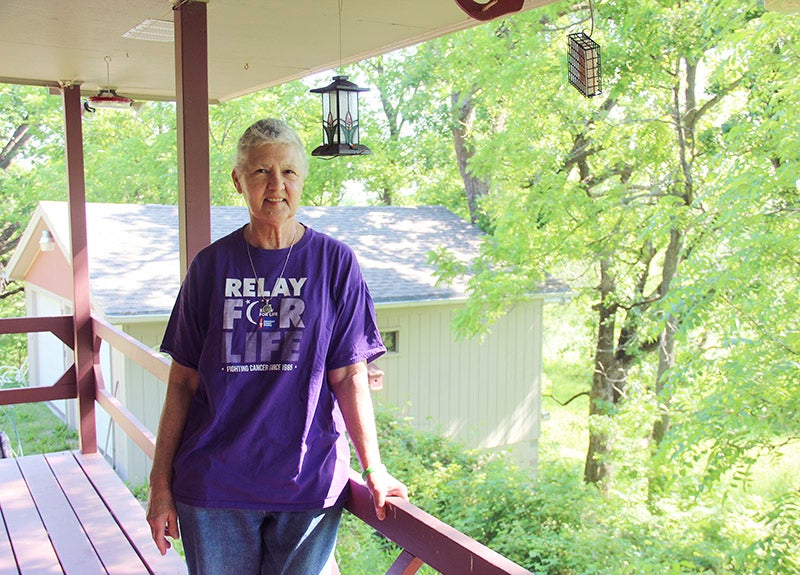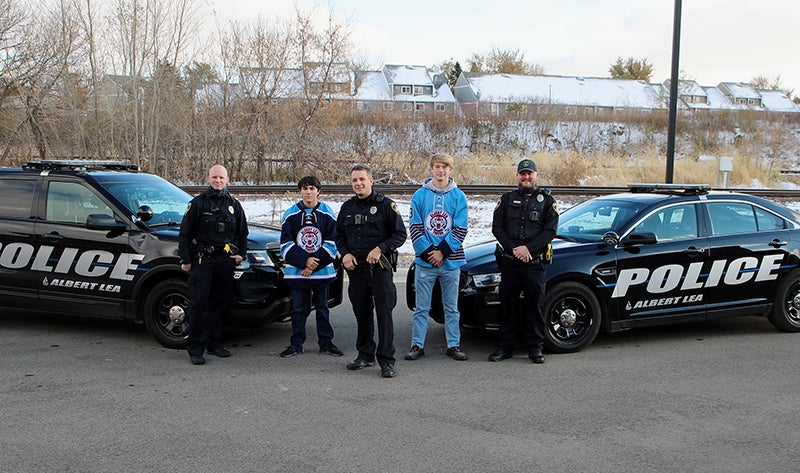Trapped in a nightmare: Holocaust survivor to speak in Ellendale about experiences
Published 9:00 am Sunday, April 26, 2015
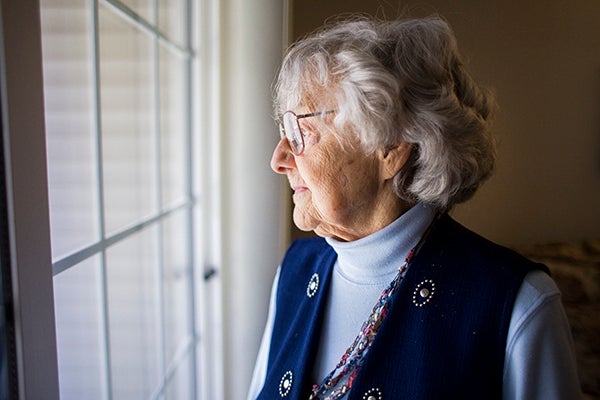
- Anita Dittman was born in 1927 in Breslau, Germany, to a Jewish mother and an Aryan father. She was 5 years old when Adolf Hitler came into power. Shortly after Hitler took control, Dittman’s father forced both her and her mother to leave home in the middle of the night so that he wouldn’t be associated with anyone of Jewish heritage. Dittman was interviewed by the Tribune in April about her experience surviving the Holocaust. - Colleen Harrison/Albert Lea Tribune
Editor’s note: This is the first in a two-part series about Holocaust survivor Anita Dittman.
For 13 years, Anita Dittman lived in what she could only describe as hell. Hitler’s hell.
In 1927 in Breslau, Germany, Dittman was born to an Aryan father and a Jewish mother. She said she was about 5 1/2 years old when Adolf Hitler came into power in 1933, and brought along with him his Nazi regime.
According to Dittman, Hitler referred to people of Jewish heritage as germs.
“Hitler had a grandiose idea,” she said. “He was going to make Germany into a master race — he called them the Aryans — and he would purify the people, the German race, so that there would be no interference, and all the undesirables were to be annihilated. Among all the undesirables, at the top of the list, was the Jewish people.”
Soon after Hitler became chancellor of Germany, life as Dittman knew it began to unravel.
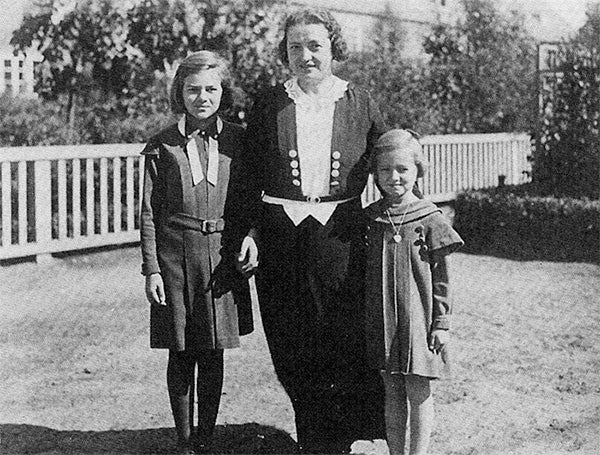
Dittman, right, pictured with her mother, Hilde, and older sister, Hella, around 1934. Dittman was about 6 at the time the picture was taken. — Provided
A family torn apart
Shortly after Hitler’s rise to power, Dittman and her mother, Hilde, were woken up in the middle of the night by Dittman’s father, Fritz.
“My father told us to leave one night,” she said. “Told us to pack up and leave.”
Dittman said her father favored her older sister, Hella, and had her stay with him at first. He tried to bribe Dittman to stay with him as well, only in attempts to hurt their mother as much as he possibly could.
“He was not a very nice man,” said Dittman. “He was very unfaithful to my mother. … He just didn’t want to be married to a Jewish wife.”
Dittman and her mother stayed with a friend who had extended the invitation after going through a similar situation. One day after leaving her father’s home, Dittman said their former neighbors came looking for her mother to tell her that Hella needed her. Apparently, their father had left Hella all alone and locked up in the house during a thunderstorm while he was out with one of his mistresses, and the neighbors heard her screaming and crying and pounding on the door to be let out. Dittman and her mother went back to the house, retrieved Hella and brought her back with them.
An absent father
Dittman’s father was a member of the Social Democratic Party, which she said was Hitler’s arch enemy. As treasurer of the SDP, she said her father had embezzled large sums of money, and went into hiding both from the Nazis as well as the SDP. He had disappeared for some time, with not even his mother or grandmother knowing where he was. Dittman said she was 7 when he was finally caught by the Nazis and imprisoned.
Fritz wasn’t imprisoned long, and when he got out he tried to get in touch with his estranged family by sending Dittman a birthday card. Dittman said he had visiting privileges and was technically supposed to pay child support, but that he never did.
Her mother attempted to go through a lawyer in hopes of receiving some kind of financial support from Fritz, but was met with animosity. He sent Hilde’s lawyer a letter saying that if she asked for child support again he’d have the children taken away from her, saying that he wouldn’t want his half-Aryan children being raised by a Jewish mother anyway. Since Fritz was Aryan and Hilde was Jewish, Fritz was not forced to pay her the money.
“There was nothing my mother could do,” said Dittman.
The young mother and her two daughters were then on welfare, but that didn’t last long. Not wanting to pay welfare to a Jew, the government forced Dittman’s mother into extremely heavy labor, making her work at least 10 hours a day hauling manure.
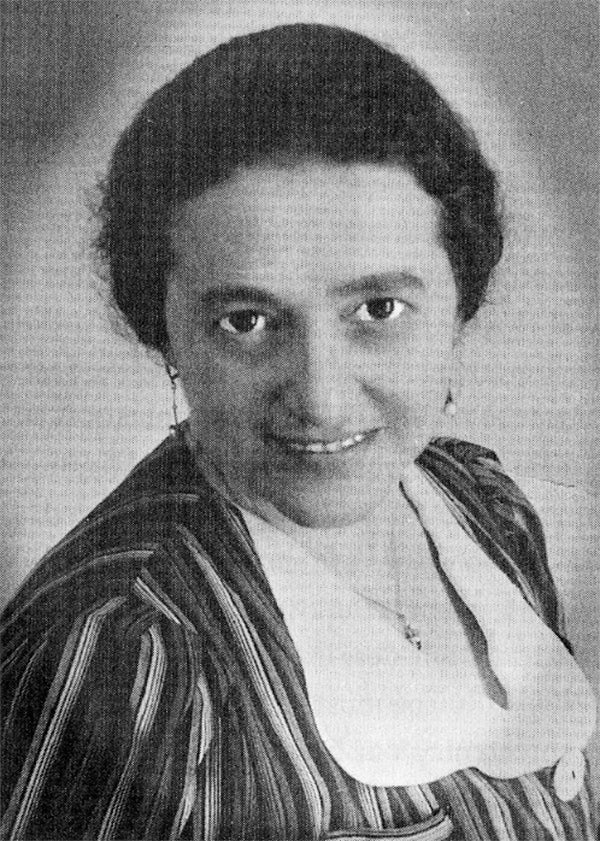
Dittman’s mother, Hilde, was sent to a concentration camp in 1944. — Provided
Taking refuge in dance
Dittman said she had taken dance lessons when her parents were still together. After her father had forced them out, she said a ballet teacher had taken Dittman under her wing and continued to give her lessons anyway. At the age of 6, Dittman was dancing with girls much older than her and was dancing in solo recitals.
“It was beautiful,” she said. “I loved every bit of it.”
Before dancing in a recital, Dittman said she felt apprehensive about being the center of attention in front of such a large audience. Her mother had told her in general to stick to herself, keep her head down and not to draw attention to herself as a means of survival.
Dittman loved music as a child, saying that her mother had always been musically talented.
“When I danced, I danced all my cares away,” she said. “I was free of the oppression all around me and was free of the persecution.”
Forced into the ghettos
Eventually, Dittman said that she and her mother and sister were able to move into an apartment of their own. They lived in poverty, but it was still nice, she said. She had been sad to leave her things and her playmates behind, but her mother told her that things could be replaced and that she would make new friends.
In December of 1938, around Christmas, Dittman said a notice came from the Gestapo saying that they would have to move from their nice suburb to the inner city, where the Jewish families were being housed in buildings referred to as ghettos. The three Dittmans shared an apartment with four other families. Each family had a room to themselves inside of the apartment, and shared a kitchen and a bathroom.
“I had to grow up awfully fast,” she said. “I had to leave my childhood behind when we moved in there.”
It was soon after the move that Dittman noticed those around them were vanishing, little by little each day.
“Things were getting worse,” said Dittman. “More and more people were being taken to concentration camps.”
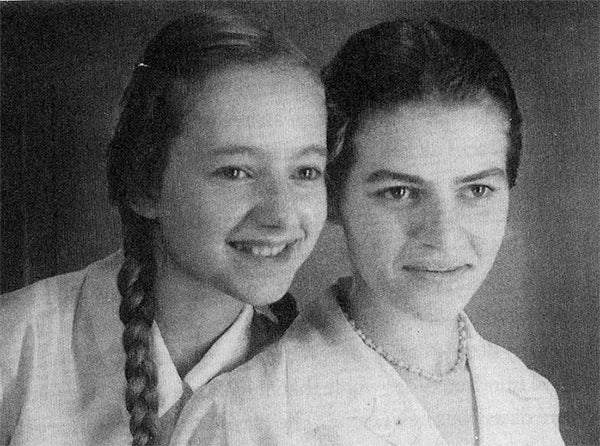
Dittman, left, pictured with her older sister, Hella, around 1939. Dittman was about 12 at the time the picture was taken, and Hella was almost 17. — Provided
Trapped
After moving to the ghettos, Dittman found a church that welcomed and accepted Jewish people into its congregation. It was led by a pastor who would not forgo his faith in order to win favor with the Nazis. For that reason, he was put on what Dittman called the Nazi’s black list. She said that Schutzstaffel officers, or SS officers, would come to services dressed in plain clothes to spy on the pastor, but they stuck out to parishioners because of the way they acted.
In early 1939, Dittman said that the pastor got in touch with an organization in Berlin that was helping provide passports to Jewish families looking to flee to London. The pastor, his family and other members of the congregation were raising funds to help those that couldn’t afford to pay for the passports themselves. Dittman and her mother and sister all applied for the papers, but had to reapply after the Gestapo burned all of the files.
In the middle of July in 1939, Hella’s visa finally arrived. Dittman and her mother were reassured by the pastor that theirs would be along soon after. Hella left Germany by train in August, with Dittman and their mother reassuring her that they would soon get their papers and all of them would be together again.
The very next day, Sept. 1, 1939, all of the German borders were controlled. No air or land traffic was allowed out of Germany, and no foreign mail was allowed into the country.
“Our papers were lost forever,” said Dittman. “We were literally trapped in Hitler’s hell.”
From the classroom to the factory
School can be tough for some children, but for Dittman it was difficult on a completely different level. When she first started school and had to fill out registration paperwork, she had to check off whether she was a Jew or an Aryan. Being half and half, Dittman had to register as Jewish.
When Dittman was 7, she told her mother, “I would rather sign under undesirables. We are the victims and these are the enemy. They are persecuting us and I wouldn’t want to put my name there.”
Dittman described her state school experience as “pure horror.” She remembered coming home from school almost every day in tears, mostly in part from a number of her teachers being Nazis themselves.
“My mother would sit with me and say ‘I know it’s tough but you’re going to have to accept this because it’s happening everywhere. You’re not alone.’”
Dittman was able to study and pass an entrance exam to enroll in a parochial school by the time she was in fifth grade. She called her new school “lovely,” saying that none of the other students had joined the Hitler Youth yet, and that her grades improved greatly.
“It was like an oasis in a desert,” she said.
The oasis didn’t last long, unfortunately.
Hitler had all parochial schools closed. Dittman was forced to return to the state school, where she faced new persecution from both teachers and peers.
In the meantime, three of her mother’s sisters had moved in with them. One by one, they were each taken away by the Gestapo. Dittman said her mother was one of 11 children, and that every single one of them ended up in a camp.
At 15, Dittman received a notice from the Gestapo saying she was permanently suspended from school due to her Jewish heritage. When breaking the news to her, Dittman’s principal said it was “high time that the government cleaned all the riffraff out of the schools.”
Dittman said she was grateful to be relatively free, and that her mother often said, “Let’s do everything we can while we’re still free.”
Hilde had been forced into harsh factory work, and soon after her suspension from school Dittman was drafted into the labor force as well. Dittman considered herself “blessed” to be assigned to the same factory and to the same shift as her mother, along with a number of people they knew from their church.
Mother and daughter separated
On a cold, January morning in 1944, Dittman said there was a knock at the door. Two SS men grabbed her mother by the collar, shoving her back into the room when she answered and forcing her to sign forms that would put all of their possessions into the hands of the Gestapo. If they wanted anything back, they would have to go down to the warehouse at the Gestapo’s headquarters where they could buy their belongings back for a highly inflated price.
Unfortunately, that wasn’t all that the SS men took that day.
The men took Dittman’s mother, telling Hilde she was going to an undisclosed location. Dittman was 16 at the time.
“I knew I would be facing it alone,” she said.
Dittman found out soon after that her mother had been taken to Camp Theresienstadt in what was then referred to as Czechoslovakia. The Nazis used the camp as a “model camp” to show the world that the camps were not as formidable as many made them out to be. That was a lie, to put it lightly, said Dittman.
Because of the camp’s model status, Dittman said it was the only one that allowed food packages in from the outside.
Dittman only made enough at the factory to pay for streetcar transportation to and from the factory, along with raw necessities. Because of this she used food ration stamps, stamps that bought barely enough food for Dittman alone. Despite that fact, she decided to split them with her mother.
“My mother had made many sacrifices on my account for 16 years,” she said. “Now it was time to reciprocate.”
Dittman traded in her winter coat for an old bicycle she could use to peddle the numerous miles she had to go to obtain her food rations. Something she always sent to her mother was a loaf of dark, hard rye bread that they both loved for its nourishment. She said her mother would always send her cards listing the contents of the packages she received, as it was a well-known fact that Nazi guards would go through packages and help themselves to the contents.
On Aug. 9, 1944, after having been alone for nine months, Dittman came home to find an envelope from the Gestapo. She was to report to a train station the next day, along with about 300 others, to go to an unknown location. She knew it wasn’t good news, but took comfort in the fact that she might get to see some of her old friends again. The only concern Dittman had was letting her mother know that she could no longer send her food.
She went to the grocer’s and bought one of her usual loaves of bread. She took it home and wrote out a note to her mother, saying “I’m going to be moving. Don’t be afraid of anything. Don’t worry, we’ll be together again soon. I’m fine, I’m healthy and I’m strong.” She used the handle of a knife to push the note into the middle of the loaf of bread and prayed, knowing that if the bread and the note inside of it fell into the wrong hands her mother would be killed.
It would be 11 months later that Dittman would find out that the loaf had arrived at Camp Theresienstadt covered in fluffy green mold. Her mother, starved and recovering from dysentery, ripped off the moldy parts of the bread to eat the untouched insides, finding the note as well.
Dittman left the next day, not knowing if she would ever see her mother again.
To read the second part of the Anita Dittman story, click here.



